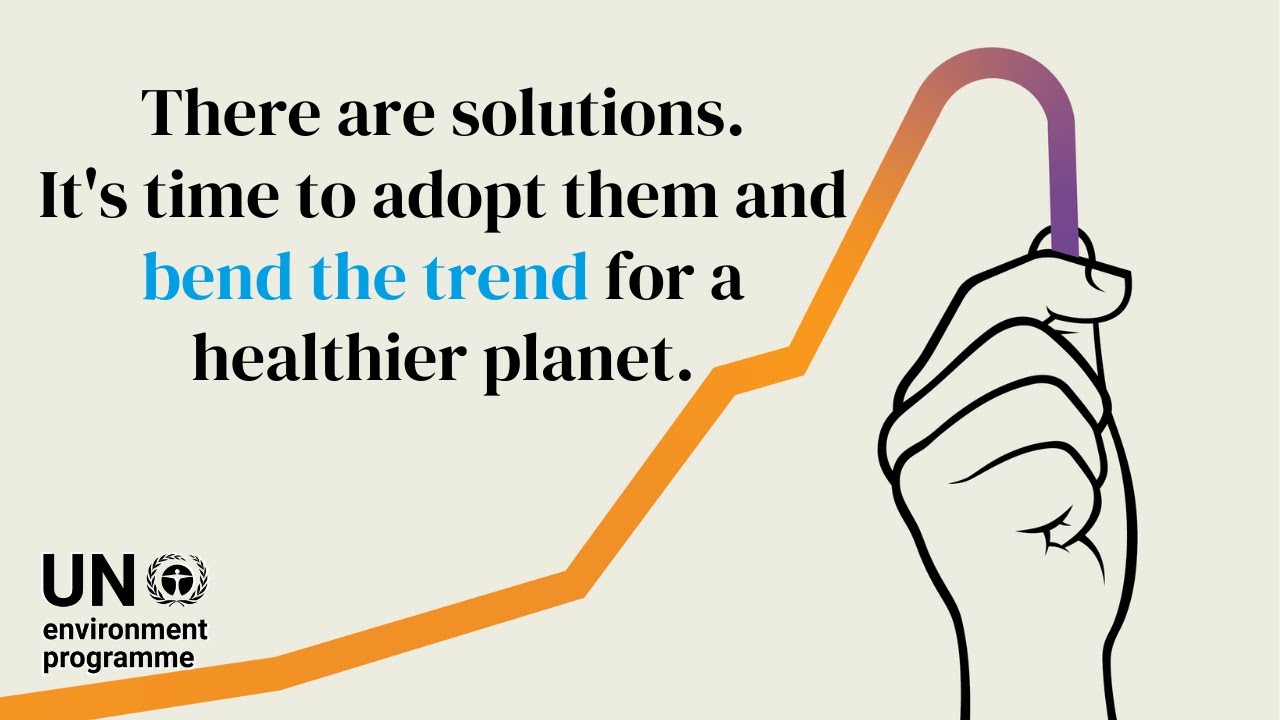The International Resource Panel (part of the UN Environment Programme) has just released it’s latest Global Resource Outlook report.
Here’s a teaser:
I haven’t had time to work through it in much detail yet, but the headlines make for grim (though not unsurprising) reading. Here’s a selection of them that seem most relevant to us on Restarters:
-
Increasing resource use is the main driver of the triple planetary crisis. Extraction and processing of material resources account for over 55% of greenhouse gas emissions.
-
Material use has increased more than three times over the last 50 years. It continues to grow by an average of more than 2.3% per year.
-
Climate and biodiversity impacts from material extraction and processing greatly exceed targets based on staying within 1.5 degrees of climate change and avoiding biodiversity loss.
-
High-income countries use six times more materials per capita and are responsible for ten times more climate impacts per capita than low-income countries. This inequality must be addressed as a core element of any global sustainability effort.
-
Bold policy action is critical to phase out unsustainable activities, speed up responsible and innovative ways of meeting human needs and promote social acceptance of the necessary transitions. This includes mainstreaming sustainable consumption options and creating circular, resource-efficient and low-impact solutions and business models
-
The prevailing approach of focusing almost exclusively on supply-side (production) measures must be supplemented with a much stronger focus on demand-side (consumption) measures
-
The scientific community is united around the urgency of resolute action and bold evidence-based decisions that protect the interests and well-being of all, including future generations.
While it takes a very high-level look at how we are using materials globally and doesn’t explicitly address consumer goods, it’s encouraging to see a focus on keeping materials in use for longer as a key strategy for reducing our impacts on the planet:
the circular models we must follow are not just about recycling; they are about keeping materials in use for as long as possible, and rethinking how we design and deliver goods as well as services, thereby creating new business models
– Inger Andersen, Executive Director, United Nations Environment Programme
It’s great to see this emphasis on moving up the waste hierarchy beyond recycling. And I think it’s fair to read this as further validation of how important our work to run and promote community repair is ![]()
Find the full report here:
https://www.unep.org/resources/Global-Resource-Outlook-2024
I’m sure there’s lots more interesting stuff in the full report (and I hope to get there eventually ![]() ).
).
But can you spot anything else interesting?
The ‘materials’ covered by the report are:
biomass (crops for food, energy and bio-based materials, as well as wood for energy and industrial uses)
fossil fuels (coal, gas and oil)
metals (such as iron, aluminum and cooper)
nonmetallic minerals (sand, gravel, limestone and minerals used for industrial applications)
As well as land
and water
